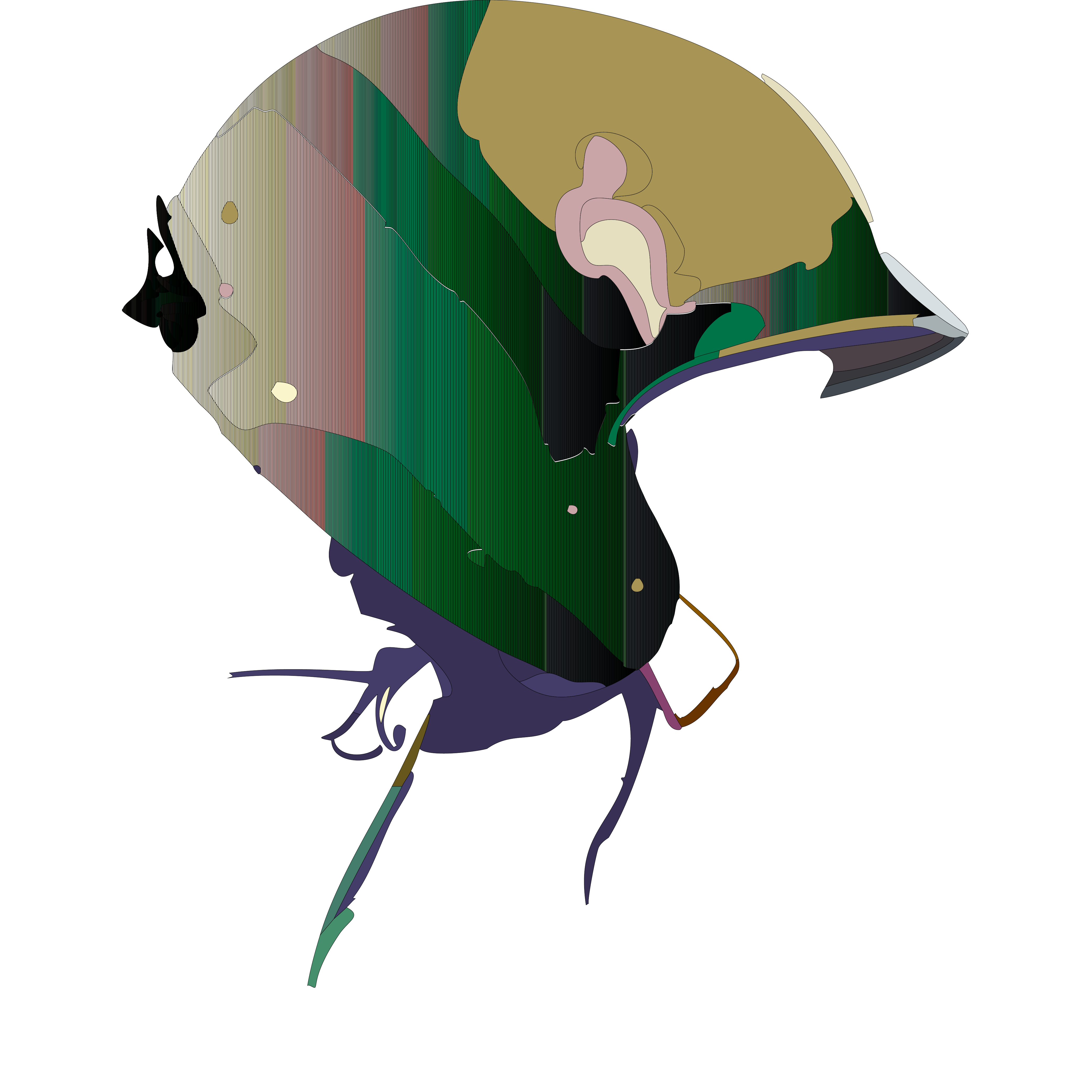Speculative project #1
----------------------------------
Dwelling for Oil Traces 2024-2025
Application - S+T+ARTS4WATER IIResidencies programme
----------------------------------Dwelling for Oil Traces aims to expose the accumulated hidden oil leakage in the Croation Rijeka harbour environment, focusing both on the hidden process of leakage itself and its broader impacts.
This project will collect and map existing research media outcomes on this topic, explore the tactile properties of this media, and develop a graphic user interface prototype to make this media accessible to a non-specialist user. By linking the concept of forgotten spaces to artistic speculative methods and employing an OSINT (Open Source Intelligence) approach within the storytelling, the project will create an accessible and engaging artistic presentation of these neglected areas, involving users in an interactive narrative, installing new sustainable habits. The project aims to investigate why hidden leaks continue to occur and expose the mechanisms behind them to a wide audience. To demonstrate how these seemingly minor, habitual leaks accumulate over time into a significant environmental issue. And to install sustainable habits of awareness: dwellings.
----------------------------------Facts
Jellyfish, often seen as mere drifters of the ocean, have shown remarkable resilience in oil-affected areas. Their unique ability to produce mucus under stress, rich in nitrogen and oil-degrading bacteria, enables them to break down oil spills effectively. This natural process accelerates the degradation of oil, mitigating its harmful impacts on marine environments. However, the introduction of chemical dispersants does poses a significant threat to jellyfish, altering their color, shape, and even causing death. Intrigued by their natural prowess, scientists are now exploring synthetic biology to replicate this phenomenon. The goal is to develop non-invasive, biodegradable synthetic organisms that mimic jellyfish to detect and eliminate toxins, ensuring the protection of marine life. This innovative approach holds promise for large-scale applications, potentially transforming how we address marine oil pollution. ----------------------------------
Speculative JellyGuard Technology
